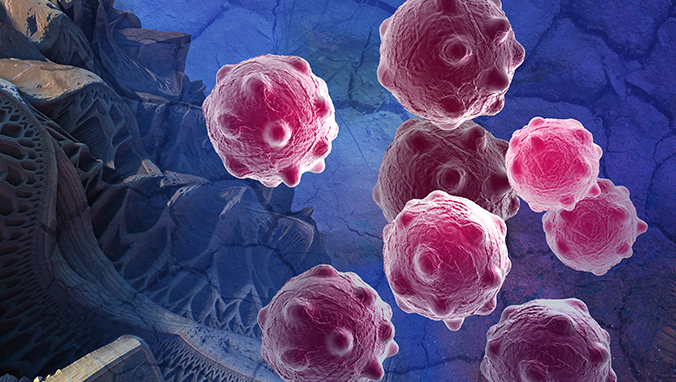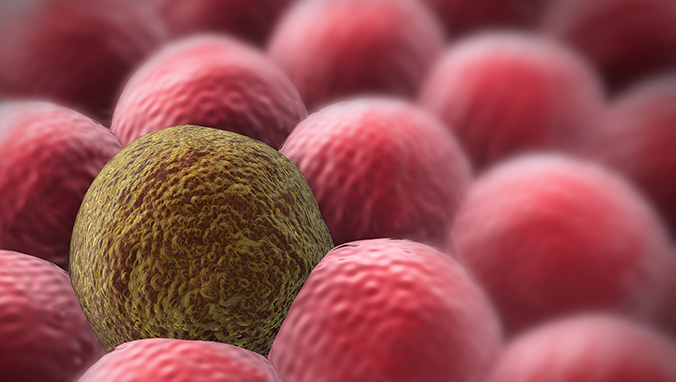Intraepithelial neoplasia grade 1 to cancer takes several years
The first level of intraepithelial neoplasia is the manifestation of cervical lesions and precancerous lesions, but there is still a distance from the development of cancer. It takes 5 to 8 years for the intraepithelial neoplasia to reach the level of cancer, and surgery can be performed in time.

The LEEP knife makes the ring cut Yes, periodic review is required in the future. Intraepithelial neoplasia is divided into three levels before canceration. The second level is inflammation. The third level is suspected of canceration. The first level is the initial stage of the disease. It is very easy to cure, but it also requires rest and regular review. Check. At CIN Ⅰ level, generally about 65% patients can be reversed to normal, 20% can maintain stability, 15% CIN Ⅰ may further develop, without surgery, follow-up observation, 6 months and 12 months to review cells Study, or 12-month HPV test.
A brief description of the treatment of cervical intraepithelial neoplasia grade 1 (CIN1):
Ⅰ need to know the results of your TCT report
The report of TCT results is complicated, but we can simply divide them into three categories.
①Roughly normal includes reported as normal, no malignant cells found, benign reactive changes, inflammation.
② Low-grade cytological lesions include atypical squamous cells of unknown significance (ASCUS), atypical squamous cells tend to be highly diseased (ASC-H), and squamous epithelial low-grade disease (LSIL ).
③ High-grade cytological squamous cell epithelial lesions (HSIL), squamous cell carcinoma (SCC), adenocarcinoma, etc.
Ⅱ You also need to know whether the colposcopy is satisfactory:
①Satisfaction means the junction of the columnar epithelium of the cervix and the squamous epithelium of the cervix (called It is the transition zone, which is the most prone part of cervical precancerous lesions.) It is seen by the examining doctor, and the living tissue is taken at this site to send for pathological examination, then we can assume that there will be no heavier lesions on the cervix than CIN1. .
②Unsatisfactory means that the aforementioned transitional zone cannot be seen by the doctor for various reasons, and the biopsy has not been taken in these parts, then we have to suspect that the place of the biopsy may not be the most serious part of the lesion, In other words, there may be a heavier lesion on the cervix than CIN1.
Ⅲ To understand the advantages and disadvantages of the treatment of cervical lesions (CIN):
①Follow-up observation is actually no treatment, regular review.
②Physiotherapy cauterization destroys the affected cervical tissues, including cervical freezing, laser, electrocautery, radio frequency, condensation, etc. The advantage is simple operation, the outpatient clinic is enough. The disadvantage is that tissue specimens cannot be obtained. When it burns, it burns, and nothing can be seen.
③ Surgical treatment of conical excision of a part of cervical tissue, referred to as cervical conization. The advantage is that it can provide further examination of the specimen to find more serious lesions that may exist. The disadvantage is that it is slightly more invasive and requires hospitalization.
With this information, we can choose the processing scheme of CIN1.
Related Articles

- Can borderline tumors be cured?
- Borderline ovarian tumor (BoT) is a low-grade potentially malignant ovarian tumor, accounting for 10% to 15% of ovarian epithelial tumors. BOT occurs predominantly in women of childbearing
- 2020-07-24

- What is cervical cancer
- What is cervical cancer? Cervical cancer, also known as cervical cancer, refers to a malignant tumor that occurs at the junction of the squamous epithelial cells of the cervical vagina or t
- 2020-07-24

- How long can uterine cancer survive
- How long can uterine cancer survive after uterine cancer resection? Uterine cancer is very harmful to women’s health. It is one of the most common malignant tumors in gynecology. It is more
- 2020-07-24

- The best chemotherapy for cervical cancer
- What is the best chemotherapy for cervical cancer? Gynecological tumors are a major disease that threatens the health of women, and everyone needs to do a good job in daily life. Cervical c
- 2020-07-24

- Intraepithelial neoplasia grade 2 to cancer takes several years
- Intraepithelial neoplasia grade 2 is a moderate lesion. It usually takes 5 to 8 years to develop into a cancer, and surgery needs to be performed in time.
- 2020-07-24

- Early symptoms of endometrial cancer
- Endometrial cancer is a relatively common tumor in gynecology. The cure rate of surgery and radiotherapy and chemotherapy can reach 70% but the characteristics of malignant tumor
- 2020-07-24
